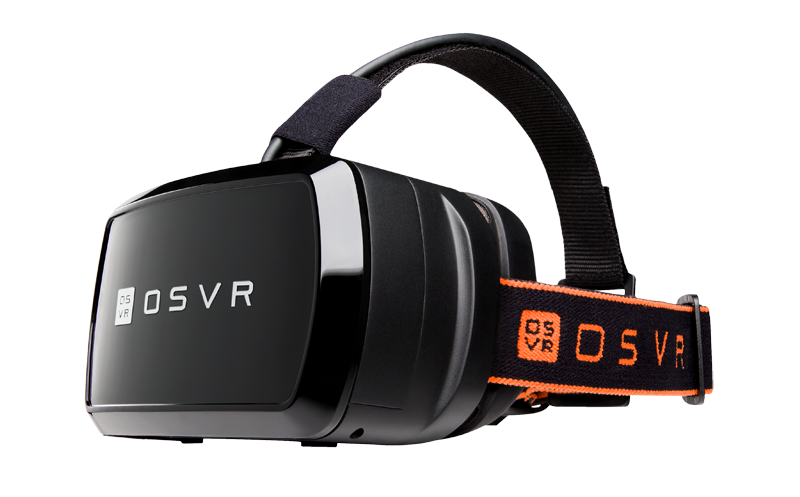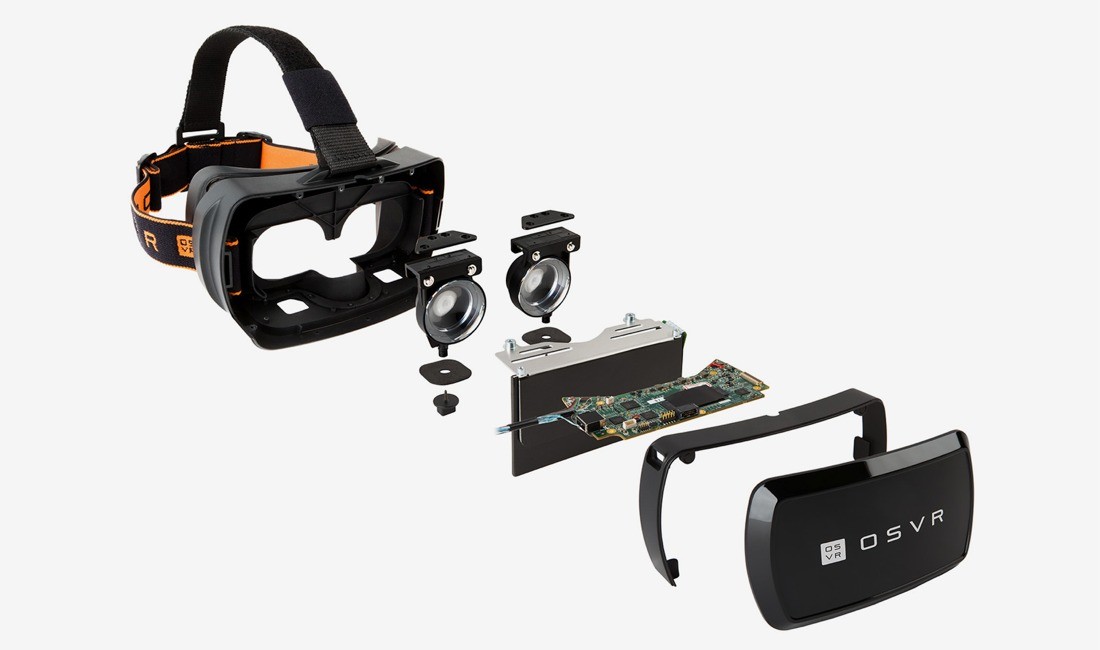Oculus has yet to launch the first consumer version of its virtual reality headset but you can already tell the company's made a significant impact in this elusive market. Aside from a big vote of confidence in the form of a $2 billion acquisition by Facebook, it has sparked a handful of rivals and allies. Now Razer is throwing its hat in the ring looking to standardize VR development.
Today the company announced the Open Source Virtual Reality (OSVR) platform, which CEO Min-Liang Tan refers to it as the "Android of virtual reality." It's not an Oculus competitor – although a "Hacker Dev Kit" will be available in June for $199 – but rather a platform that encompasses multiple game engines, head-mounted displays, and control schemes.

Specs for the OSVR Hacker Dev Kits include a 5.5-inch 1920x1080 screen, an integrated accelerometer, a gyroscope, and a compass. Any software developed for the Unity 3D or Unreal 4 Engine will run on OSVR hardware and across all other VR devices that support these tools, including the Oculus Rift DK2. Around two dozen companies are reportedly supporting the initiative.
Both the software and hardware design will be open source for anyone to experiment with their headsets. Razer is making the schematics and 3D files available to download so you can literally make your own with enough patience by sourcing components and 3D printing parts.

Compared to Oculus Rift DK2, the OSVR Hacker Dev Kit is $150 cheaper but has a refresh rate of 60 frames per second rather than the slightly smoother 75 frames per second offered by the former. It's the same price as the Gear VR but Samsung's headset ships without and actual display so you need to own a Galaxy Note 4, which costs $750, to make the thing work.